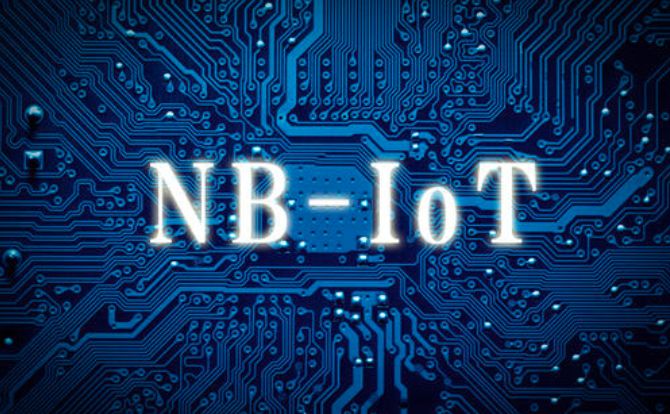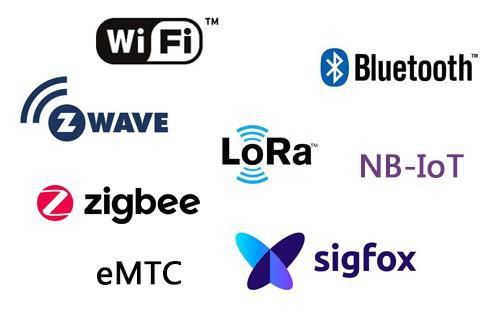

— Blogs —
—Products—
 Consumer hotline +8618073152920
Consumer hotline +8618073152920 WhatsApp:+8615367865107
Address:Room 102, District D, Houhu Industrial Park, Yuelu District, Changsha City, Hunan Province, China
Product knowledge
Time:2021-12-28 20:30:50 Popularity:761
NB-IoT system features introduction
NB-IoT is an emerging Internet of Things technology, which has attracted attention because of its low power consumption, stable connection, low cost, and excellent architecture optimization. Using the license frequency band, three deployment methods such as in-band, guardband or independent carrier can be adopted. , Coexist with the existing network.

Several features of NB-IoT:
1, wide coverage
In the same frequency band, NB-IoT has a gain of 20dB over the existing network, which is equivalent to an increase of 100 times the capacity of the coverage area; the downlink uses OFDMA, and the subcarrier spacing is 15kHz. The uplink adopts SC-FDMA, Single-tone: 3.75kHz/15kHz, Multi-tone: 15kHz. Only need to support half-duplex, with a separate synchronization signal. The terminal supports instructions for Single-tone and Multi-tone capabilities. The MAC/RLC/PDCP/RRC layer processing is based on the existing LTE procedures and protocols, and the physical layer is optimized.
NB-IoT has a gain of 20dB higher than LTE and GPRS base stations, and it is expected to cover underground garages, basements, underground pipelines and other places where signals are difficult to reach. According to the simulation test data, in the independent deployment mode, the NB-IoT coverage capacity can reach 164dB, and the in-band deployment and guardband deployment still need to be simulated and tested.
2. Ability to support massive connections
NB-IoT can support tens of thousands of connections in one sector, supporting low latency sensitivity, ultra-low equipment cost, low equipment power consumption and optimized network architecture;
NB-IoT has 50-100 times the uplink capacity increase compared to 2G/3G/4G. In the case of the same base station, NB-IoT can provide 50-100 times the number of accesses than existing wireless technologies. Below the frequency of 200KHz, according to simulation test data, a single base station cell can support 50,000 NB-IoT terminal access.

3, lower power consumption
What is the goal of terminal power consumption in NB? The answer is: based on AA (5000mAh) battery, the service life can exceed 10 years. (An iPhone7P battery has a capacity of 2900mAh).
The two main power-saving technologies used in NB are PSM and eDRX.
Because NB-IoT has its own advantages of low power consumption, wide coverage, large capacity, etc., after its price sinks, it can be widely used in a variety of vertical industries, such as remote meter reading, asset tracking, smart parking, smart agriculture, etc. . The first version of the 3GPP standard is expected to be released in June of this year, and a batch of test networks and small-scale commercial networks will appear at that time.
Related recommendations
Sensors & Weather Stations Catalog
Agriculture Sensors and Weather Stations Catalog-NiuBoL.pdf
Weather Stations Catalog-NiuBoL.pdf
Related products
 Combined air temperature and relative humidity sensor
Combined air temperature and relative humidity sensor Soil Moisture Temperature sensor for irrigation
Soil Moisture Temperature sensor for irrigation Soil pH sensor RS485 soil Testing instrument soil ph meter for agriculture
Soil pH sensor RS485 soil Testing instrument soil ph meter for agriculture Wind Speed sensor Output Modbus/RS485/Analog/0-5V/4-20mA
Wind Speed sensor Output Modbus/RS485/Analog/0-5V/4-20mA Tipping bucket rain gauge for weather monitoring auto rainfall sensor RS485/Outdoor/stainless steel
Tipping bucket rain gauge for weather monitoring auto rainfall sensor RS485/Outdoor/stainless steel Pyranometer Solar Radiation Sensor 4-20mA/RS485
Pyranometer Solar Radiation Sensor 4-20mA/RS485
Screenshot, WhatsApp to identify the QR code
WhatsApp number:+8615367865107
(Click on WhatsApp to copy and add friends)